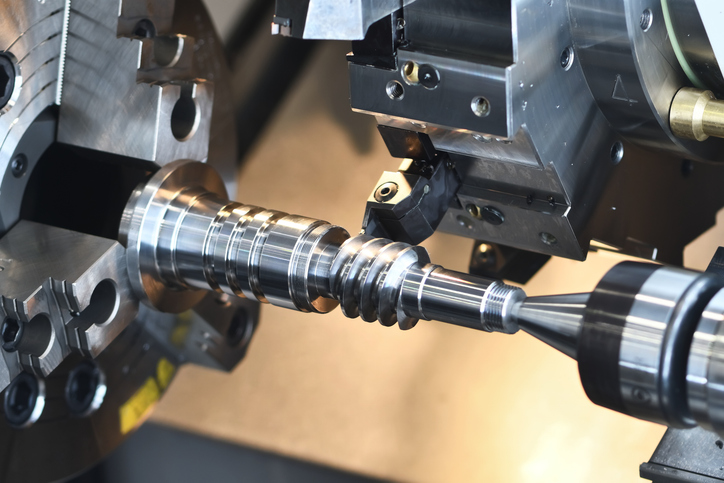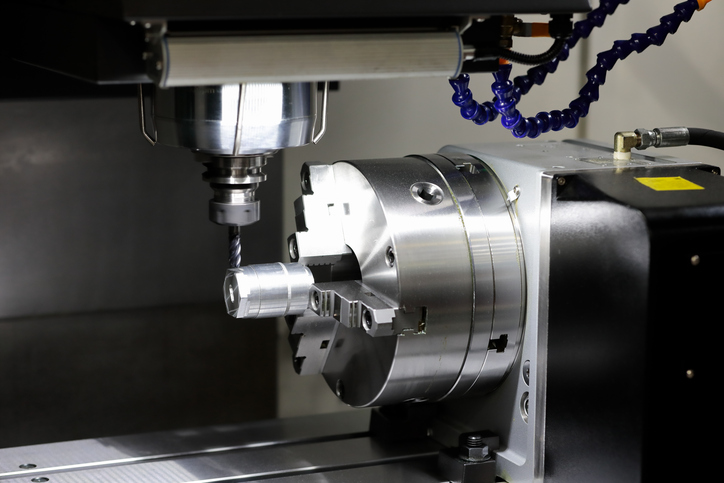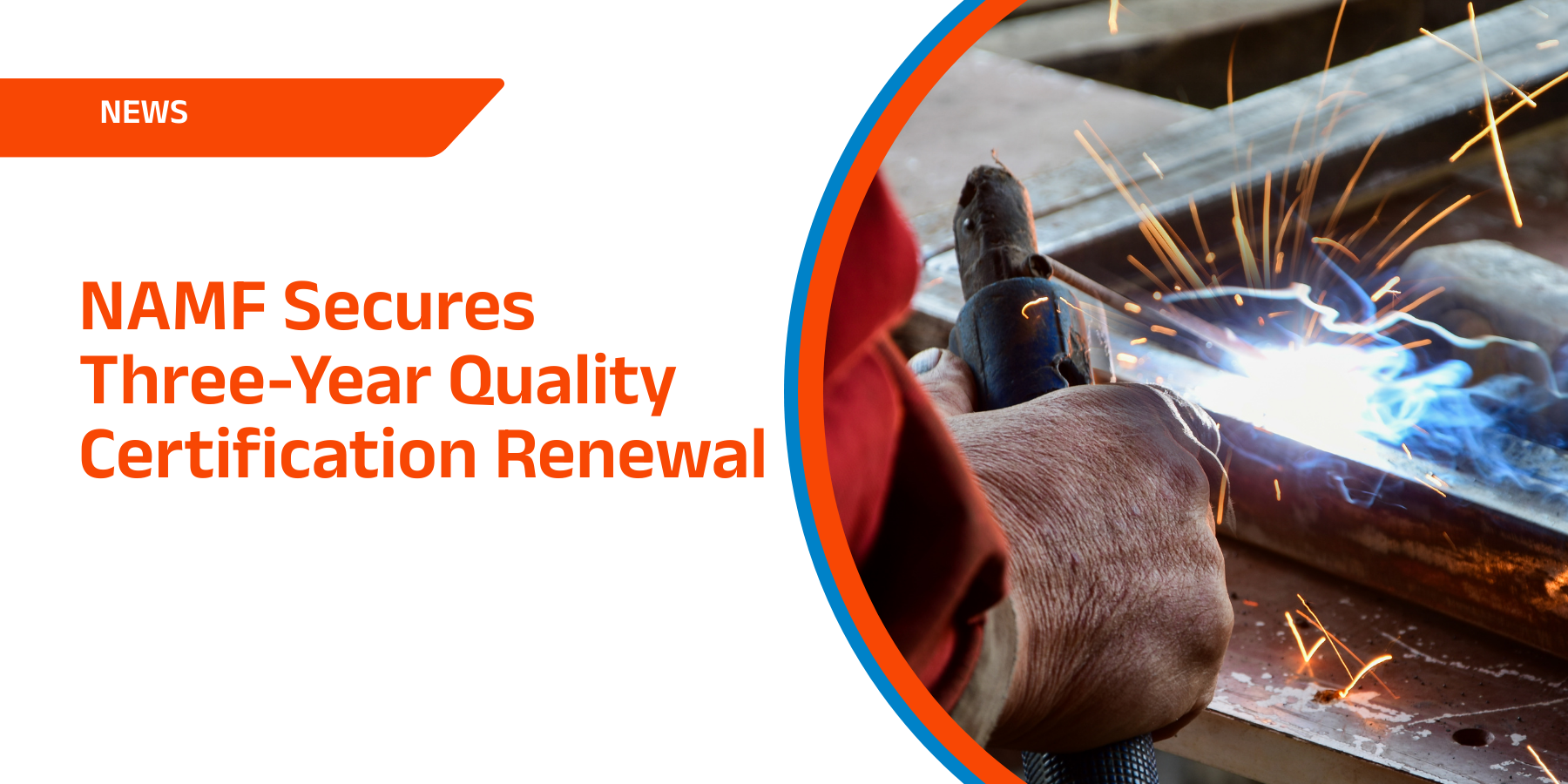- How High Volume CNC Machining is Transforming Manufacturing Economics
- The Four Pillars of Modern CNC Systems
- The Business Case for High Volume CNC Manufacturing
- Best Practices for Implementing High Volume CNC Manufacturing
- Specialized Applications: EMI Shielding and Defense Components
- The Future of High Volume CNC Manufacturing
- Frequently Asked Questions
Manufacturing precision parts at scale has always been a delicate balance. Today’s high volume CNC machining technology has completely rewritten those rules. What once required sprawling factory floors filled with specialized machines now happens within compact, integrated systems that deliver unprecedented precision while dramatically increasing output.
For industries where failure isn’t an option, like aerospace and defense, this evolution represents more than incremental improvement. It’s a fundamental shift in what’s possible. Traditional manufacturing relied on dedicated machines performing single operations in sequence. Parts moved from station to station, each adding value but also introducing variables, delays, and potential quality issues.
The journey to modern CNC (Computer Numerical Control) manufacturing began decades ago but has accelerated dramatically recently. Today’s systems bear little resemblance to their predecessors. Modern CNC machines integrate multiple functions into single units controlled by sophisticated software. They operate with microscopic precision while maintaining consistency across thousands of identical parts.
How High Volume CNC Machining is Transforming Manufacturing Economics
This integration is transforming manufacturing economics in three critical ways:
Consolidated Production Footprints
Where manufacturers once needed separate machines for milling, drilling, and finishing, modern CNC systems combine these operations in one footprint. This consolidation reduces facility requirements while increasing throughput.
A single multi-axis CNC machine can now replace entire production lines, performing complex operations on different part surfaces simultaneously. Once programmed, these machines operate continuously with minimal human intervention between operations.
Unprecedented Precision at Scale
The aerospace industry demands unparalleled precision, with tolerances measured in microns. Modern CNC systems deliver this precision not just once, but thousands of times with remarkable consistency.
This reliability eliminates the quality variation that plagued traditional manufacturing methods. When producing critical components for aircraft or defense systems, this consistency isn’t just desirable—it’s essential.
Compressed Production Timelines
Perhaps most significantly for business economics, high volume CNC machining dramatically compresses production timelines. What once took weeks now happens in days or even hours.
This acceleration creates competitive advantages beyond just faster delivery. It enables more responsive supply chains, reduces inventory requirements, and allows manufacturers to adapt quickly to changing market demands.
The Four Pillars of Modern CNC Systems
Today’s high-volume CNC manufacturing relies on four primary machine types, each serving specific production needs:
- CNC Milling Machines: Available in both vertical and horizontal configurations, these versatile systems form the backbone of precision manufacturing. They remove material using rotating cutting tools, creating complex geometries with exceptional accuracy.
- CNC Plasma Cutters: These specialized machines use a high-temperature plasma arc to cut through conductive materials with remarkable precision. They excel at processing sheet metal and plate materials, creating complex shapes with clean edges.
- Electric Discharge Machines (EDM): When extreme precision is required on hardened materials, EDM systems use electrical discharges to erode material with microscopic accuracy. These machines create features impossible to achieve through conventional cutting methods.
- Water Jet Cutters: Using high-pressure water mixed with abrasive particles, these systems cut virtually any material without heat-affected zones. This capability preserves material properties while achieving tight tolerances.
The Business Case for High Volume CNC Manufacturing
The global CNC machine market is projected to grow from $101.22 billion in 2025 to $195.59 billion by 2032, at a CAGR of 9.9%. This growth reflects the compelling business case for adopting these technologies.
Three factors drive this transition:
Superior Precision and Consistency
In automated CNC environments, manufacturers produce high volumes of identical parts with exceptional consistency. This is particularly valuable for aerospace components like shafts, bearings, and precision parts subject to friction.
For companies like New Age Metal Fabricating (NAMF), which serves defense and aerospace clients, this precision isn’t optional—it’s fundamental to their value proposition. Their specialized metal fabrication services ensure components are manufactured to microscopic tolerances, every time.
Operational Efficiency
The economics of modern manufacturing increasingly favor integrated CNC systems over traditional approaches. While initial capital investments are substantial, the long-term advantages are compelling:
- Reduced labor costs through automation
- Lower error rates and rework requirements
- Decreased material waste through optimized cutting paths
These efficiencies translate directly to improved margins and competitive advantage in price-sensitive markets.
Enhanced Workforce Safety
Modern CNC systems remove operators from hazardous environments, reducing workplace injuries and associated costs. Automated material handling further enhances safety while improving operational consistency.
This safety advantage has both human and economic benefits, reducing insurance costs and improving workforce retention in specialized manufacturing roles.
Best Practices for Implementing High Volume CNC Manufacturing
Organizations considering or expanding high-volume CNC capabilities should follow these established best practices:
1. Invest in Advanced Software Integration
Modern CNC manufacturing begins with software. Integrated CAD/CAM solutions that seamlessly translate designs into machine instructions eliminate errors and optimize production efficiency.
Leading manufacturers maintain digital twins of their production environments, enabling virtual testing before committing to physical production. This approach reduces setup time and material waste while ensuring first-time quality.
2. Prioritize Multi-Axis Capabilities
While 3-axis machines remain common, 5-axis systems dramatically expand manufacturing possibilities. They access complex geometries in single setups, reducing handling and improving accuracy.
The additional investment in 5-axis technology typically pays dividends through reduced setup time, improved part quality, and expanded manufacturing capabilities.
3. Implement Rigorous Quality Control Systems
High volume CNC machining requires equally sophisticated quality assurance. Integrating in-process measurement and automated inspection ensures consistency across production runs.
A reputable CNC machine shop will implement statistical process control (SPC) to identify and address variations before they affect finished parts. This proactive approach maintains quality while minimizing disruptions.
4. Develop Specialized Expertise
Despite increasing automation, successful CNC manufacturing still requires specialized human expertise. Investing in programmer and operator training ensures maximum return on equipment investments.
Organizations like NAMF maintain competitive advantage through their teams’ specialized knowledge of both the technology and the unique requirements of their aerospace and defense clients.
5. Consider Vertical Integration
While standalone CNC capabilities deliver value, the greatest efficiencies come from vertical integration. Combining CNC machining with complementary processes like dip brazing (a NAMF specialty) creates comprehensive manufacturing solutions.
Brazing aluminum components, for instance, creates strong, lightweight structures perfect for aerospace applications. When combined with rapid machining techniques, these integrated processes can dramatically reduce production time while enhancing product quality.
This integration eliminates handoffs between suppliers, reducing lead times and quality risks while improving accountability.
Specialized Applications: EMI Shielding and Defense Components
One critical application for high volume CNC machining is the production of EMI shielding components. These precision-manufactured enclosures protect sensitive electronics from electromagnetic interference, a crucial requirement in defense and aerospace applications.
Through advanced CNC techniques, manufacturers can create complex shielding geometries with precisely controlled tolerances, ensuring optimal protection while minimizing weight and size.
The Future of High Volume CNC Manufacturing
Looking ahead, several trends will shape the evolution of high-volume CNC manufacturing:
AI-Enhanced Programming
Artificial intelligence is already transforming CNC programming, optimizing tool paths and machining parameters beyond human capabilities. These systems learn from each production run, continuously improving efficiency and quality.
As these technologies mature, they’ll make sophisticated CNC manufacturing accessible to smaller organizations without extensive programming expertise.
Hybrid Manufacturing Systems
The line between additive and subtractive manufacturing continues to blur. Emerging hybrid systems combine 3D printing with precision CNC machining, leveraging the strengths of each approach.
These integrated systems enable new design possibilities while maintaining the precision and surface finish that CNC machining provides.
Sustainable Manufacturing Practices
Environmental considerations increasingly influence manufacturing decisions. Modern CNC systems address this through optimized material utilization, reduced energy consumption, and minimized waste.
Organizations implementing these technologies often discover that environmental responsibility aligns perfectly with economic efficiency.
Key Takeaways:
- High volume CNC machining transforms manufacturing economics through consolidated production, unprecedented precision, and compressed timelines.
- Integration of technologies like dip brazing and rapid machining creates comprehensive manufacturing solutions with enhanced efficiency.
- Advanced quality control systems ensure consistent precision across thousands of identical parts, critical for aerospace and defense applications.
Ready to Transform Your Manufacturing Capabilities?
Discover how the latest high-volume CNC manufacturing techniques can revolutionize your production efficiency, quality, and competitiveness. Connect with industry experts who can guide your implementation strategy and help you realize the full potential of these transformative technologies.



